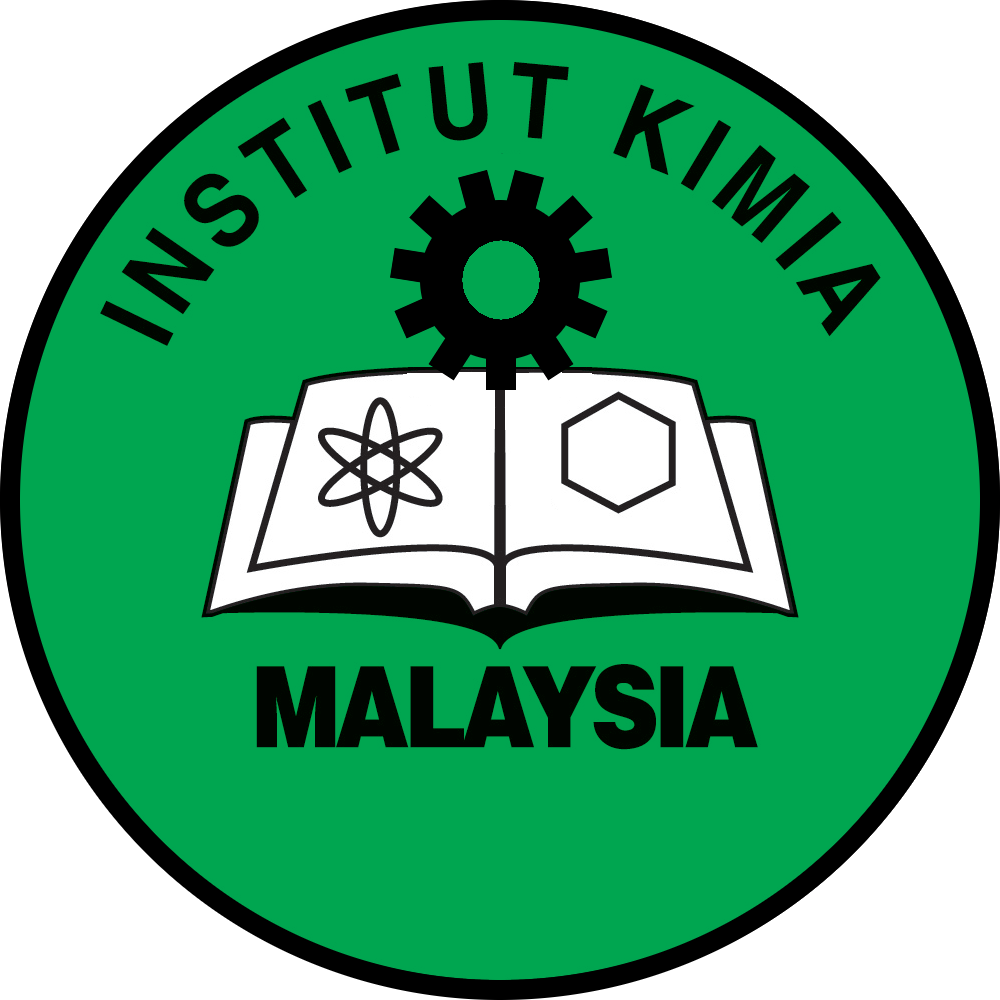Discovering Decolourization Potential of Remazol Brilliant Blue R (RBBR) Dye by Fungal Monoculture and Consortium (Penicillium sp. and Aspergillus sp.)
DOI: https://doi.org/10.55373/mjchem.v27i3.1
Keywords: Monoculture; consortium; biodegradation; decolourization; Remazol Brilliant Blue R (RBBR) dye
Abstract
Remazol Brilliant Blue R (RBBR) dye is a prevalent and toxic anthraquinone dye used in the textile industry. This study investigates the decolourization potential of fungal monoculture and consortium (Penicillium sp. and Aspergillus sp.) obtained from the Universiti Teknologi MARA Negeri Sembilan culture collection centre for the remediation of RBBR dye. A 2 g of fresh fungal biomass was inoculated into 100 mgL⁻¹ of RBBR dye solution and agitated at 100 rpm for 14 days, with decolourization activities analyzed via absorbance at 590 nm. The fungal monoculture and consortium demonstrated potential in decolourizing RBBR dye, with Penicillium sp. achieving 42.1%, the consortium (Penicillium sp. and Aspergillus sp.) at 29.9%, and Aspergillus sp. at 24.2%, respectively. Monoculture (Penicillium sp.) proved more effective, likely due to its higher enzyme production. The study revealed that decolourization activities were influenced by pH, initial dye concentration, agitation speed, biomass, and oxygen availability. Optimal decolourization was achieved at pH 7, 100 mgL⁻¹ dye concentration, 50 rpm agitation speed, 2 g biomass, and in the absence of oxygen. The decolourization of RBBR dyes was accomplished through bioremediation, as evidenced by the noticeable changes in the ultraviolet-visible spectra between untreated and treated dyes.
